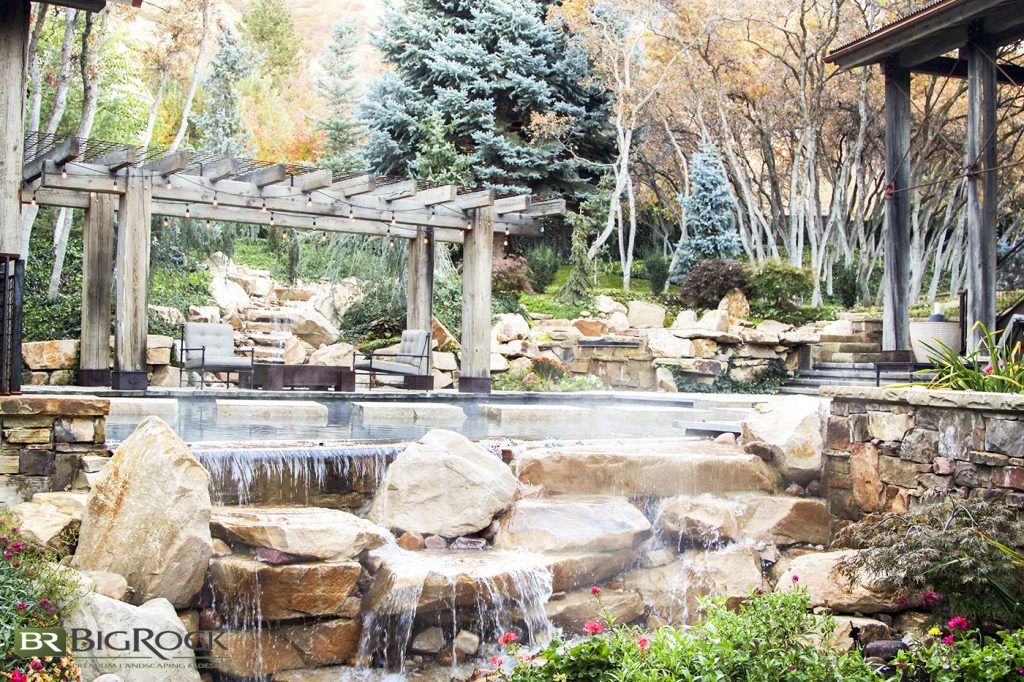Not known Details About Hilton Head Landscapes
Table of ContentsThe Single Strategy To Use For Hilton Head Landscapes4 Easy Facts About Hilton Head Landscapes DescribedThe Ultimate Guide To Hilton Head LandscapesThe Main Principles Of Hilton Head Landscapes The Greatest Guide To Hilton Head LandscapesHilton Head Landscapes for BeginnersHilton Head Landscapes Can Be Fun For Everyone
Line creates all forms and patterns and can be used in a selection of methods the landscape. Line in the landscape is developed by the side between two materials, the rundown or shape of a type, or a lengthy direct feature. Lines are an effective device for the designer due to the fact that they can be utilized to create a boundless variety of forms and forms, and they control activity of the eye and the body.

Lines can have one or even more attributes, such as those described below, yet they typically offer different functions. Figure 1. Lines in the landscape - landscape design hilton head. The properties of lines figure out how individuals reply to the landscape, both emotionally and literally. Straight lines are architectural and strong; they develop a formal character, are typically associated with a balanced layout, and lead the eye straight to a centerpiece.
The Single Strategy To Use For Hilton Head Landscapes
Straight lines are frequently discovered in hardscape sides and product. Curved lines develop an informal, all-natural, relaxed character that is connected much more with nature and unbalanced balance. Rounded lines relocate the eye at a slower rate and include enigma to the space by creating surprise sights. Upright lines relocate the eye up, making an area feel larger.
Upright lines in the landscape include tall, slim plant product, such as trees, or high frameworks, such as an arbor or a bird house on a pole. Straight lines relocate the eye along the ground aircraft and can make a room really feel bigger. Low lines are more restrained and create a sensation of rest or repose.
The Of Hilton Head Landscapes
Low lines are produced by low garden walls, sidewalks, and short bushes. Lines are used to attract forms on a strategy. In plan sight, they define plant beds and hardscape locations. Lines are also developed by the vertical kinds of built features and plant material. There are three key line types that create type in the landscape: bedlines, hardscape lines, and plant lines.
Bedlines connect plant material to your house and hardscape since the eye follows the line, relocating the stare with the landscape. Hardscape lines are created by the edge of the hardscape, which defines the constructed framework. Line can additionally be created by lengthy and narrow materials, such as a fencing or wall surface.
Hilton Head Landscapes Fundamentals Explained
Form is found in both hardscape and plants, and it is generally the dominant visual aspect that spatially arranges the landscape and often identifies the style of the yard. The kind of frameworks, plant beds, and garden accessories likewise figures out the total kind motif of the yard. Official, geometric types include circles, squares, and polygons.
Plants create kind in the yard via their lays out or silhouettes, but form can likewise be specified by a space or unfavorable area between plants - Landscaping bluffton sc (https://h1tnhdlndscps.bandcamp.com/album/hilton-head-landscapes). Circles can be cycles, or they can be divided into fifty percent circles or circle sectors and incorporated with lines to develop arcs and tangents
The Facts About Hilton Head Landscapes Revealed
Circles are a strong style kind since the eye is always attracted to the facility, which can be utilized to stress a focal point or link various other types. Round forms in hardscape and yard panels.
The square kind can also be fractional and secondhand consistently to develop a grid pattern. Unlike circles, squares are stronger on the sides, which can be aligned or overlapped to create distinct patterns he has a good point and even more intricate forms. Polygons are many-sided forms with straight edges. Triangles, as an example, are three-sided polygons.
Twisting lines frequently resemble the all-natural course of rivers or streams and can be called smooth lines with deeply bent undulations. Meandering lines (Figure 3) work well for pathways, plant bedlines, and completely dry stream beds. Twisting lines can include passion and enigma to a yard by leading customers around edges to uncover new views and areas.
How Hilton Head Landscapes can Save You Time, Stress, and Money.

Number 5. Fragmented sides: tipping stones in pathway. Form is the most enduring top quality of a plant (bluffton landscaping). https://www.figma.com/design/CqNShAPJ75DpMEeGt0LfQR/Untitled?t=lZt5bM9P0avBSZvk-1. Common plant types are well established and standard, as kind is one of the most consistent and recognizable characteristic of plants. Kind can additionally be produced through the massing of plants, where the overall mass creates a different kind than a private plant.
A very different type must be utilized with careone or two job well as a focal point, but way too many wreak havoc. All-natural plant types, instead of over-trimmed types, ought to develop the bulk of the make-up. The significance of general form is much more or less depending on the checking out perspectivethe form of a tree can show up quite different to a person standing under the cover versus seeing the tree from a range in an open field.
Hilton Head Landscapes - An Overview
Plant types also create and define the gap or open spaces between the plants, producing either convex or concave types in deep spaces. High-arching tree branches generally create a concave open room under the branches, and a round cover with reduced branches fills up the area to develop a convex type in the open area under the tree.
